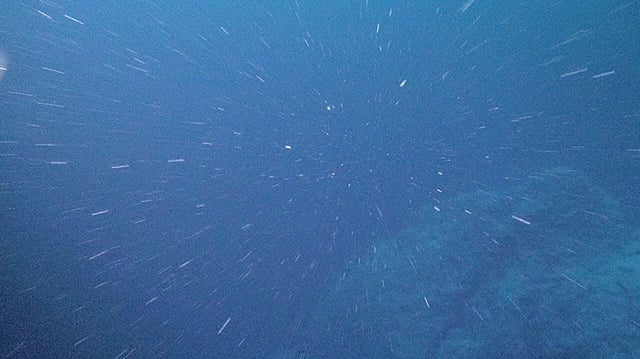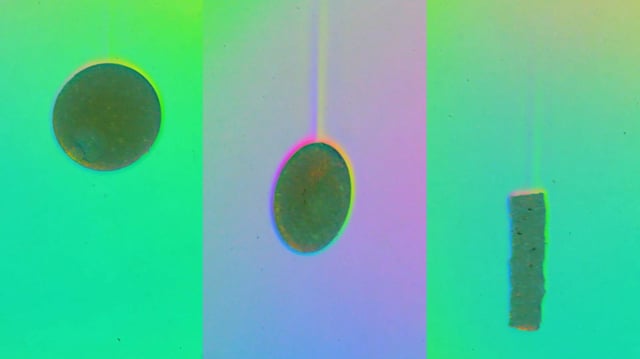Overview
- The study published in the Proceedings of the National Academy of Sciences reveals that sinking speeds depend on salt uptake relative to particle volume rather than size alone.
- A theoretical framework integrates drag forces, buoyancy and diffusion-limited salt absorption to predict settling rates of porous particles.
- Controlled tank experiments with 3D-printed agar particles confirmed that smaller spheres and elongated shapes descend faster than volumetrically equivalent larger particles.
- Results could refine climate models by improving understanding of ocean nutrient cycling, carbon sequestration and microplastics distribution.
- Backed by NSF and Office of Naval Research funding, the researchers are now seeking collaborations with oceanographers and climate scientists to explore practical applications.

